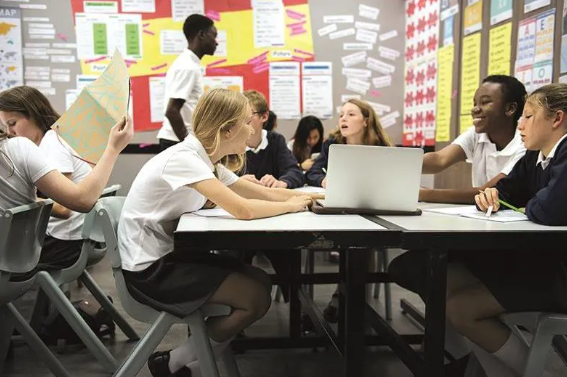At a time when violence and abusive behaviour in schools is a concern, an approach offering an ‘alternative to exclusion’ within the school could be the solution, says one headteacher.
The exclusion landscape across the country is changing. In Scotland, for example, we have seen a decrease in cases of temporary school exclusions from 44,794 in 2008/09 to 11,676 during the last academic year. Only one pupil was permanently excluded in 2022/23.
The background to all this is complex. While the recent recorded increase in violence and verbal abuse in Scottish schools has seen calls for much more clarity from the government on what sanctions are available to school leaders, the incorporation of the United Nations Convention on the Rights of the Child into Scots law has seen increased pressure to reduce exclusions and to look for approaches based more on promoting positive relationships.
Very few school leaders or teachers would argue against improved relationships being a good thing but, as a long-serving headteacher, there are some non-negotiables which if not met I believe would always see a pupil sent home for a period of reflection and readjustment and, in some cases, to determine whether or not returning to the school environment is the best option.


